And Who in the Heck Elected the People Who Run It??
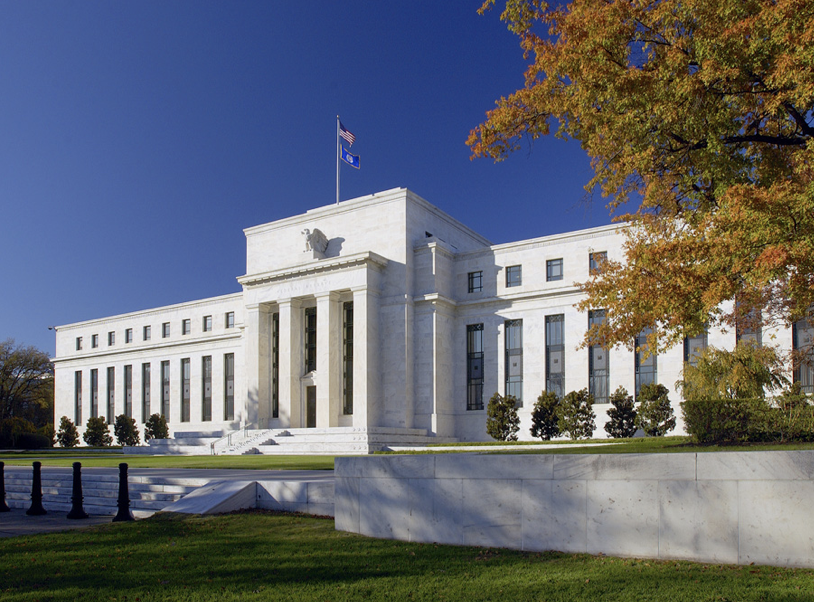
After you have read this post, you will know more than many (make that most) Americans about this not-quite-so-reputable organization. I’ll answer the second question first.
“Who in the heck elected these people?” Nobody. There is not one elected official within this extremely powerful, quasi-government agency.
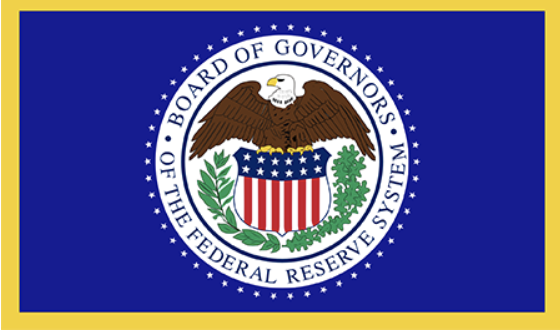
The answer to the first question will take a bit more explaining. An act of Congress in 1913 established the Federal Reserve (aka the Fed) as the nation’s ‘bank’ whose primary reason for existence was to stabilize the American banking system, insulating banks from panic withdrawals by depositors during times of economic disasters. In the period between 1913 and today, the powers of this central bank known as The Fed have spread like the arms of an octopus.
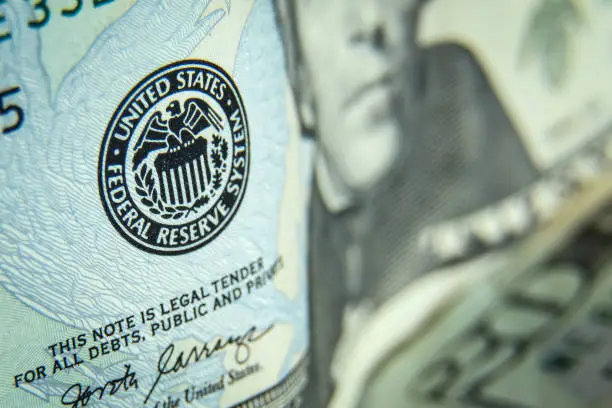
The Federal Reserve network consists of 12 Federal Reserve Banks spread throughout the country in Boston, New York, Philadelphia, Cleveland, Richmond, Atlanta, Chicago, St. Louis, Minneapolis, Kansas City, Dallas, and San Francisco. The working theory at the time of the Fed’s formation was that by having cash stored at these widely dispersed locations, the Reserve Banks would be able to provide needed liquidity in times of stress on the banking system. That would allow the banks that you and I conduct banking business with to borrow money from the Reserve Bank to meet depositor panic withdrawals and prevent the bank’s collapse. This ‘collapse’ being the very definition of ‘bankrupt’.

It all sounded pretty good until the first real test of it during America’s Great Depression of the early 1930s. The Federal Reserve system failed to supply the banking system with liquidity for which it was responsible. Banks failed; our citizens suffered. Businesses suffered, and many closed. People lost jobs. When loans could not be repaid, mortgages were foreclosed, and property was seized by the banks. It all went quite wrong.
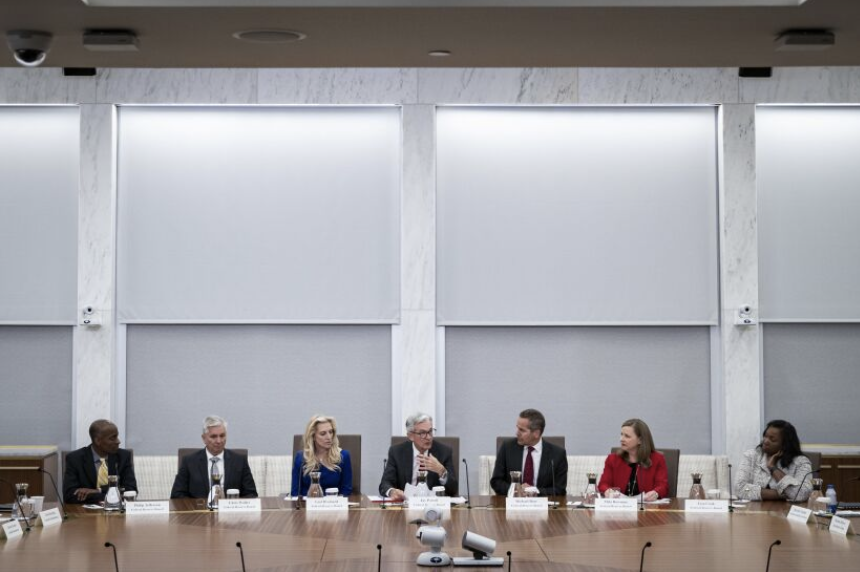
Today, the Fed’s mandate is to manipulate the money supply within the United States to encourage a financial climate sufficiently robust to support full employment while also sufficiently stable to prevent high inflation. They don’t always get both of those right and hardly ever both right at the same time.
Several of the Reserve Bank Presidents are members of the Federal Reserve Board. They meet regularly to manage and adjust their policies under their congressional mandates. The Chairman of the Federal Reserve Board is required by law to report to Congress regularly. The Congress, however, almost always demurs from the board’s policy decisions and has little power to influence them. This insular relationship was established to prevent political influence upon Fed policy.
The members of the Federal Reserve Board are known as Governors. They are not, however, elected. They are nominated by the President of the United States and confirmed by the US Senate. (You may be excused at this point if you fail to see how politics may enter the nation’s money supply.) These are among the most powerful and influential members of the financial system in America, and each and everyone is unelected and wealthy.
Relationship with the US Treasury Department
It has been 23 years since the United States Treasury had a surplus. Each year, when the Treasury falls short of expenditures, the government still pays its debts, but it must borrow the money to do so. The Treasury issues an I.O.U. in the form of Treasury Notes and Bonds on which they agree to pay interest. The interest rate is set by the market, but that rate is undoubtedly influenced by Federal Reserve Board interest rate policy. Higher interest rates generally mean that our government must pay out more interest, thus driving the need for even more money to pay current bills and growing interest expenses. It can get out of hand. Just think about what happens to your personal financial situation when you decide to borrow money to pay off your growing credit card balance, which has been growing by leaps and bounds, helped by high interest rates. This debt problem is, in part, due to Federal Reserve Board policy decisions. It is also the result of our elected officials in Washington, DC, spending way more than the government receives in taxes every year since 2001. There is, unfortunately, no end in sight.
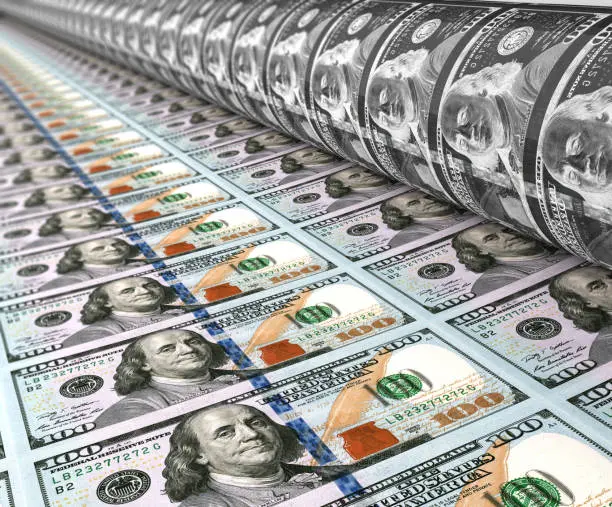
There are those willing to lend money to the good old USA. Foreign countries buy some, individuals around the world buy some, and institutional investors around the world buy a lot. In a genuine accounting trick, US Government accounts such as Social Security and Medicare, along with military and civil service retirement programs, now hold almost 25% of the nation’s debt instruments. Essentially, the US Government owes money to the US Government.
And speaking of accounting tricks, here is one that most folks do not understand. The Federal Reserve Board also owns over 20% of the US Government’s debt. The higher the interest rate the Treasury pays on the Notes and Bonds, the faster the US Government deficit grows.
Here is the trick the Fed uses to pay for those bonds: ‘monetizing the debt’.
Step 1: The Treasury announces they have $100 billion worth of bonds to sell.
Step 2: Buyers, including the Fed, purchase the bonds. In this example, the FED buys $40 billion of the bonds.
Step 3: The Fed pays for $40 billion in bonds by orchestrating the appropriate keystrokes on a computer somewhere within the Eccles Building in Washington, DC—the Federal Reserve’s headquarters. Someone, perhaps even your 37-year-old sister-in-law, Marie, who has worked at the Fed for sixteen years, pushes “ENTER.”
Step 4: $40 billion has just been created (with no printing press in sight) and is sent to the US Treasury.
Step 5: The US taxpayers are in debt a further $100 billion. (Note: the United States debt now stands at more than $34 trillion and is growing at a rate of $1 trillion every 100 days.)
Step 6: The Treasury uses its computer buttons to send billions of dollars to Ukraine, Lockheed Martin, Israel, and Taiwan, forgive student loans, and fly illegal immigrants to various locations throughout the nation.
As mentioned above, there appears to be no end to deficit spending in sight.
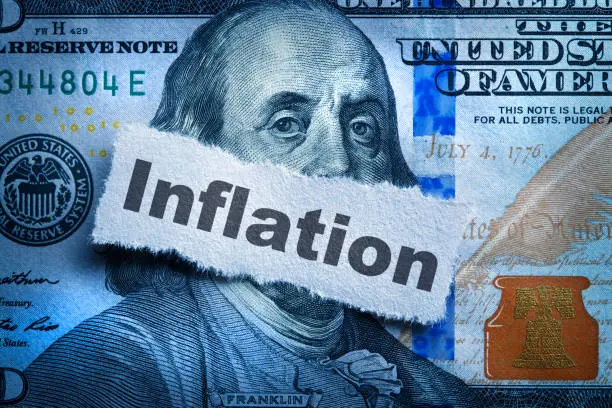
Extra Credit: Watch this 4-minute video explaining what the Fed does. It is from Charles Schwab
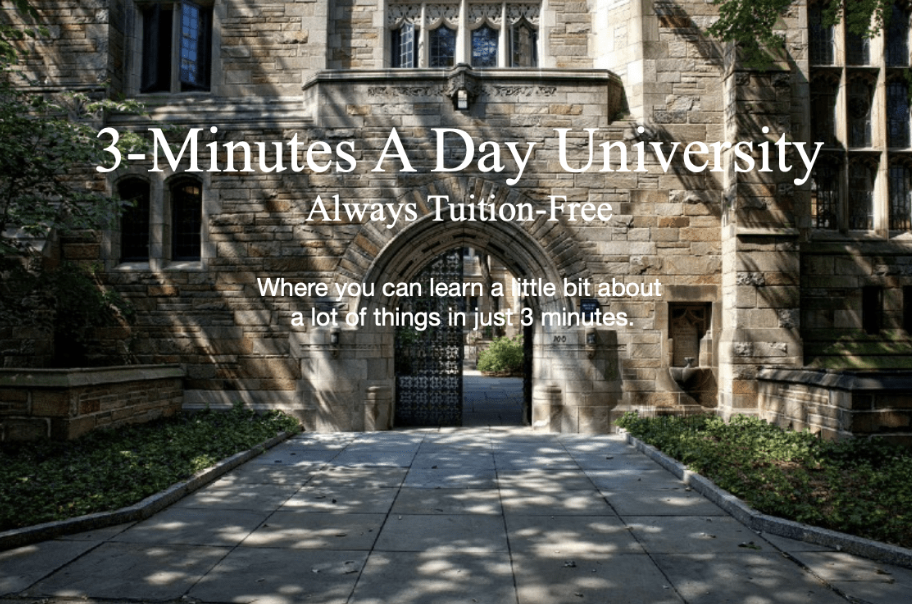
Welcome to 3-Minutes A Day University, where every day you can learn a little about a lot of things in three minutes or less. We help you expand your knowledge and understanding of the real world, and 3-MAD University is tuition-free. Our wide-ranging syllabus includes a fascinating insight into topics including Health and Medicine, Science, Sports, Geography, History, Culinary Arts, Finance and the Economy, Music and Entertainment, and dozens more. You will impress yourself, your friends, and your family with how easy it is to learn facts and perspectives about the world around you. One topic you will never find covered is politics. We hope you enjoyed the previous three minutes. If you liked this post, please pass it along to a friend.
Was this email forwarded to you? Subscribe Here.
© Copyright 2024. 3-Minutes A Day University All Rights Reserved. Unsubscribe


RICK
Mr. Kris. This is a VERY good post. I learned a little about the Federal Reserve when I was in real estate. I learned a whole lot more when I was teaching real estate. When I didn’t know the answer to some student’s question, I would find out and present it at the next class. This post has enlightened me to things I didn’t know, but I’m very happy to know. Thank-you very mech! Keep up the good work!